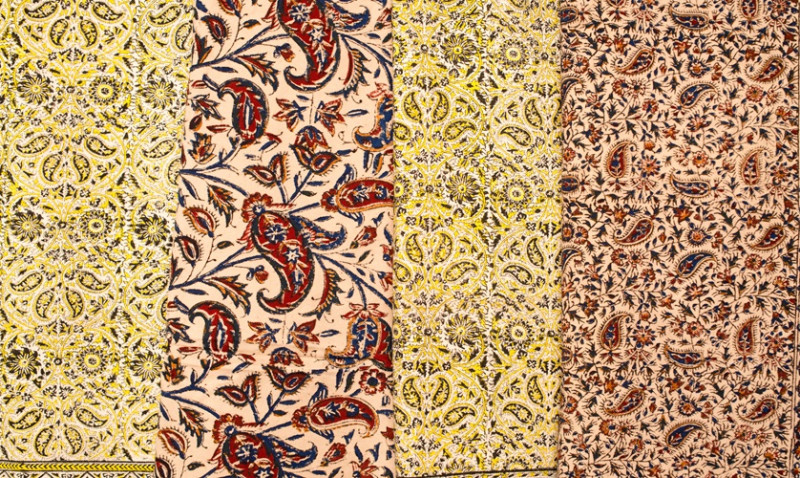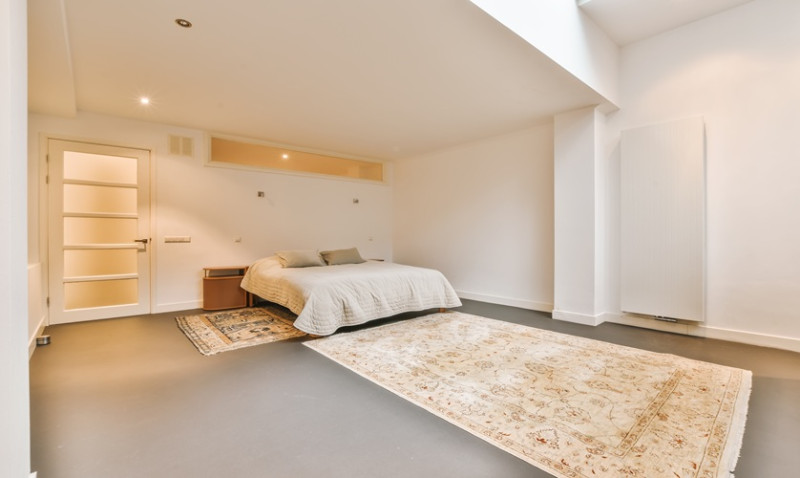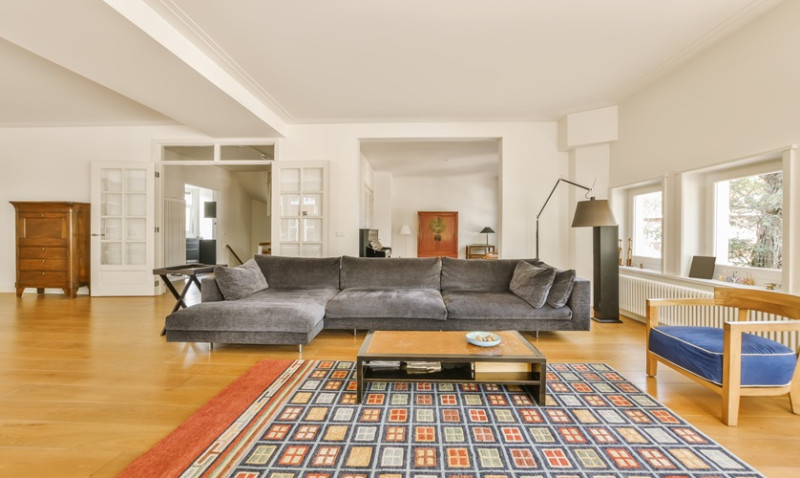
Rugs play a crucial role in transforming the look and feel of your living room. They're more than just cozy underfoot—you can use rugs to define zones, create visual flow, and even fine-tune the proportions of your space. Whether you’re a London-based architect designing for modern flats or a DIYer revamping your semi-detached home in Manchester, this guide will unpack professional techniques for rug placement that work every time.
Why Rug Placement Matters
While choosing the right rug is important, where you position it in the room is equally essential. A poorly placed rug can throw off the balance of a room or make an area appear smaller. On the other hand, proper rug placement can enhance functionality, improve traffic flow, and highlight architectural features or statement furnishings.
Rug placement also helps define the purpose of different areas, especially in open-plan living rooms. It can visually anchor the seating area, guide foot traffic, and offer a cohesive aesthetic. For young professionals in urban apartments, learning these layout tricks can make compact living spaces feel more thoughtfully designed and luxurious.
General Rug Placement Rules
No matter your interior style—whether it’s Scandi simplicity or modern industrial—the following general principles apply to rug placement in living rooms:
- A rug should be proportionate to the room size and furniture groupings.
- Keep furniture partially or fully on the rug when possible to create connection and unity.
- Leave at least 6–18 inches of exposed floor between the rug and walls to frame the space.
- Ensure the rug is centered in the room or aligned with key focal points such as sofas, fireplaces or media units.
These universally accepted tips will form the foundation you build upon depending on the specific layout of your home and your stylistic preferences.
Popular Rug Layout Configurations
The best layout for your rug will depend on your furniture arrangement and room dimensions. Below are some of the most effective and widely used rug placement configurations for living rooms in UK homes.
| Layout Style | Description | Best For |
|---|---|---|
| All Legs On | All major pieces of furniture (sofa, armchairs, coffee table) rest entirely on the rug. | Large and open living rooms; formal settings |
| Front Legs On | Front legs of sofas and chairs are placed on the rug while the back legs remain off. | Medium-sized living rooms; classic style setups |
| Coffee Table Only | The rug is sized to fit just under the coffee table with no contact with the sofa or chairs. | Small flats, budget-friendly or minimalist designs |
| Layered Rugs | A large neutral base rug is layered with a smaller, textured or patterned accent rug. | Eclectic interiors; adding visual interest to plain flooring |
Room Size Matters
One of the most common rug placement mistakes is choosing a rug that’s too small for the room. This can make even a well-proportioned room feel disjointed. In UK homes, where living room sizes vary from compact to expansive, the rug size should complement the width and depth of your furniture layout rather than the room itself.
For example, if your sofa is 2 metres wide, aim for a rug that’s at least 2.4 to 3 metres wide to allow for generous coverage under the furniture. In narrow Victorian terraces or new-build apartments, going wall-to-wall with oversized rugs can make a room feel more seamless and integrated.
Tips for Open-Plan Living
With more British homes embracing open-plan layouts, rugs have become an essential tool for zoning spaces. Rugs can subtly divide a living room from a dining space or a home office corner without the need for physical partitions or awkward furniture arrangements. The trick is using rugs to create definition under clustered furniture groupings.
Make sure the rug aligns with the zone it’s highlighting. In a living area, this means centering the rug under the main seating arrangement and avoiding overlap with adjacent zones. Selecting different colours or textures for each rug in a multi-use room can also support functional separation—think a plush pile rug for the lounge and a flat-weave rug for a workspace.
Layering for Texture and Depth
Layering rugs is a rising trend across UK homes, especially among young creatives and interior designers looking to add depth. Start with a large neutral base rug like jute or sisal that covers the floor adequately. Then add a bold patterned rug or a cosy sheepskin on top to accentuate a focal point like a coffee table or fireplace.
This approach gives you flexibility too—easily switch out the top rug based on season or mood. For tradesmen or renovators staging a home, layered rugs make rooms feel styled without overwhelming visual clutter.
Addressing Common Rug Mistakes
A common mistake—especially in small flats or cottages—is floating the rug in front of the furniture, detached from the layout. This often makes the space feel awkward and fragmented. Instead, even a small rug should connect at least partially with key seating elements.
Another error is choosing a rug that’s too patterned or dark for the room size, which can overwhelm the décor. Stick to subtle geometric prints or neutral tones in tight spaces, and reserve bolder statement rugs for rooms with adequate lighting and ceiling height.
Choosing the Right Rug Shape
Though rectangular rugs are most common in UK living rooms, alternative shapes can work wonders when matched correctly. A round rug, for example, can soften the angles in a square room or break up rigid layouts in modern interiors. Oval rugs offer a great compromise by blending traditional and contemporary curves.
If you have a corner sofa, consider L-shaped rugs or even sectional custom-cut options to enhance cohesion. The goal is to make the rug feel intentional—not an afterthought.
Final Thought: Your Rug, Your Rules
While guidelines and standard layouts offer a great starting point, your personal taste and lifestyle should ultimately dictate how you place a rug. Londoners working from home might prioritise comfort and zoning, whereas interior designers staging a property in Leeds may focus on aesthetics and scale.
There’s no one-size-fits-all answer, but the right rug—placed thoughtfully—can instantly elevate a living room. Use it to showcase your personality, support your layout, and make your space feel like home.






